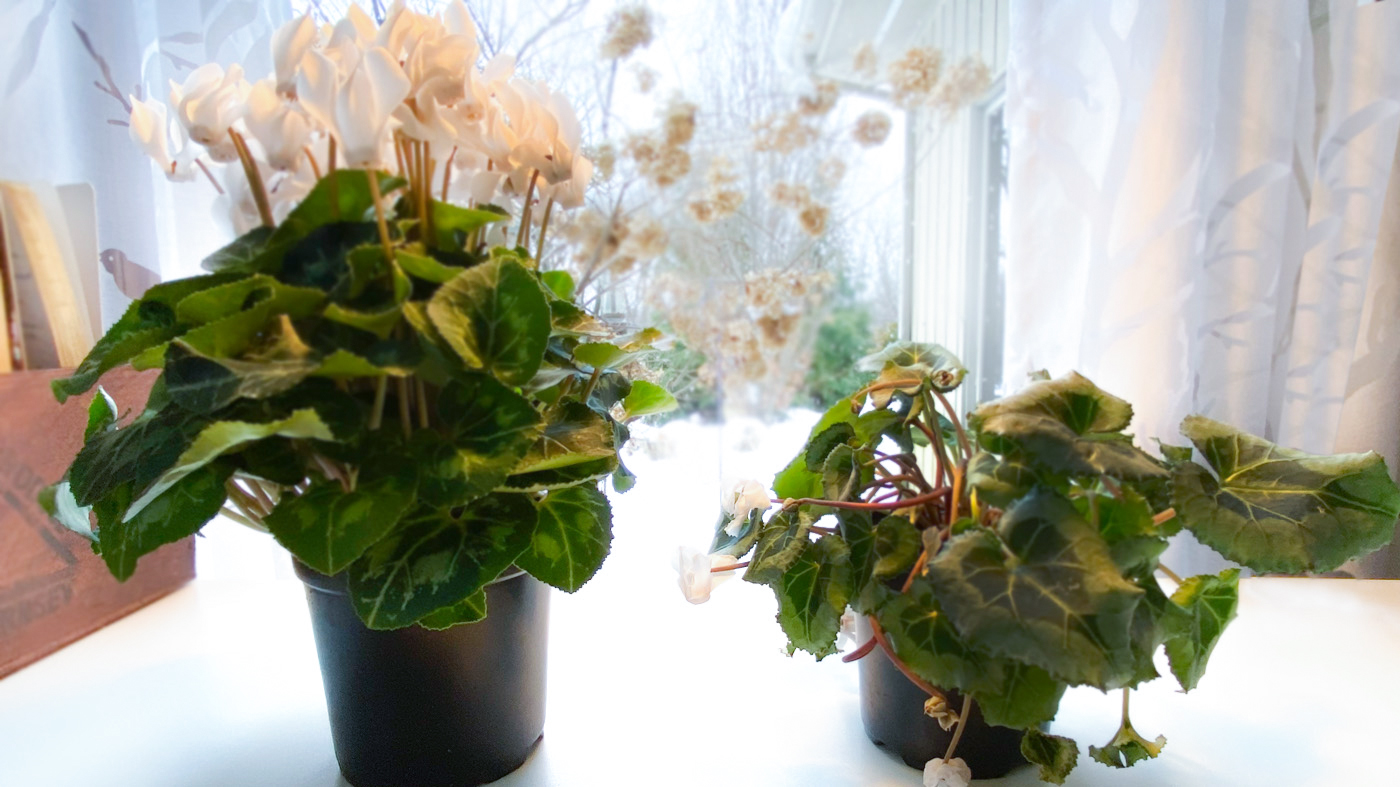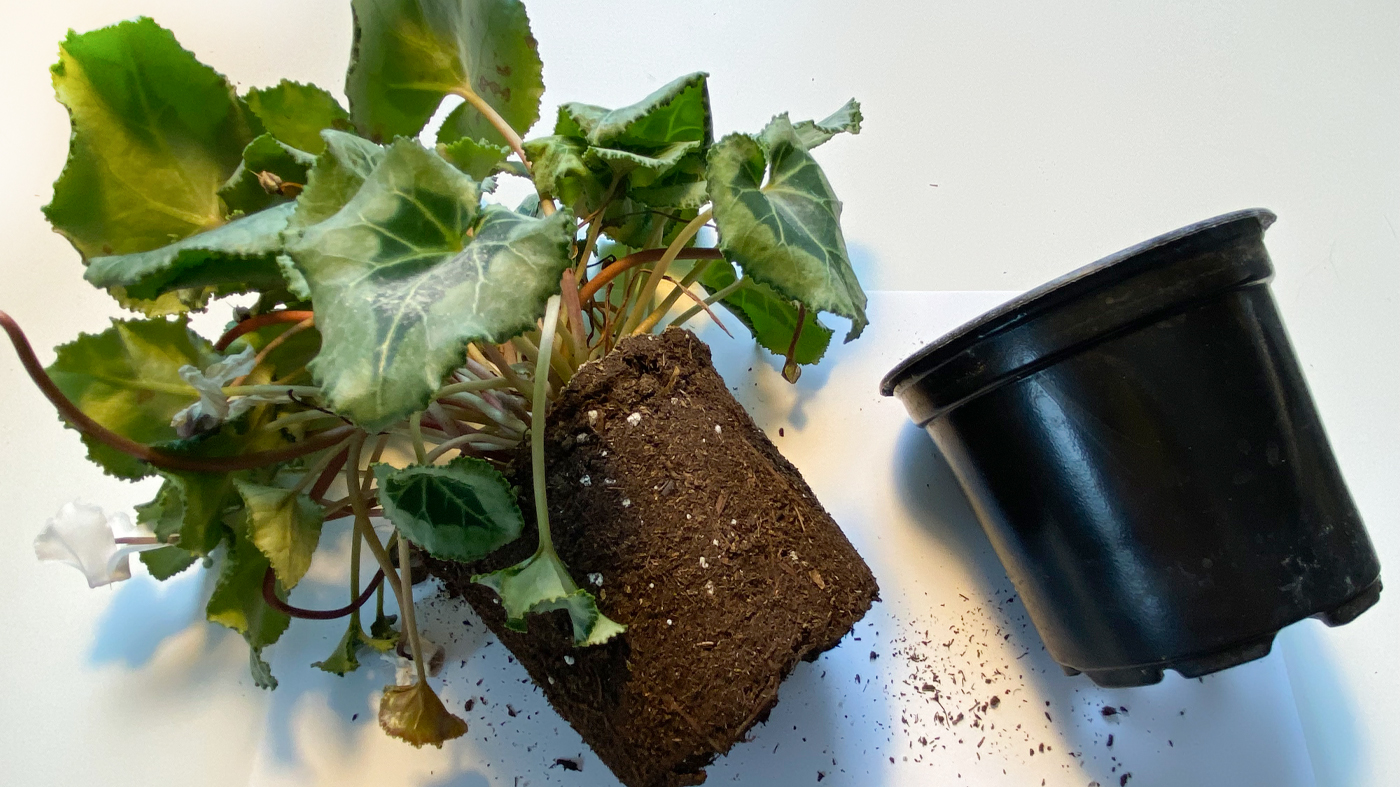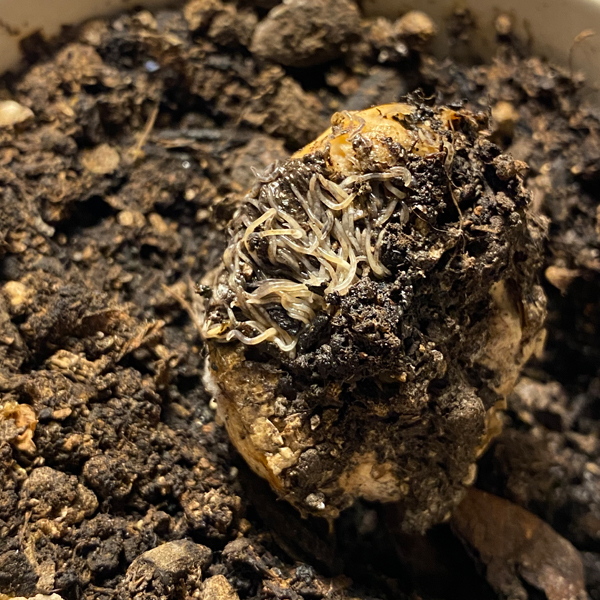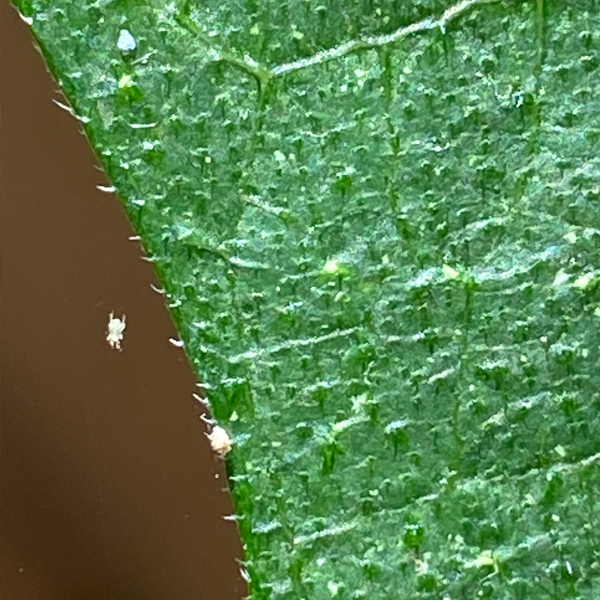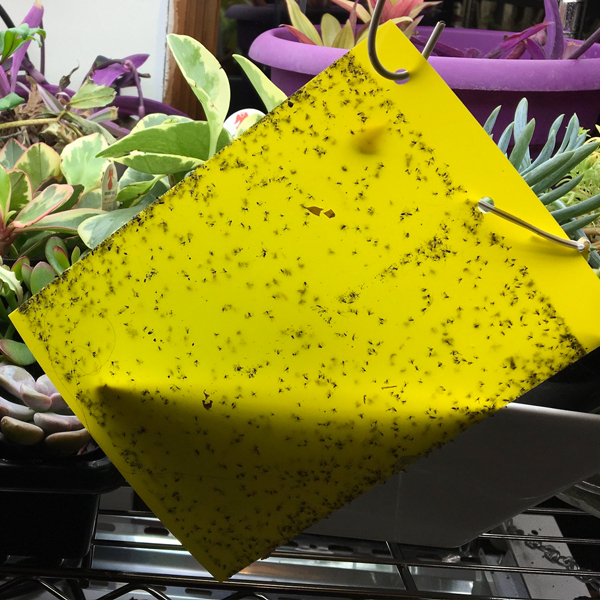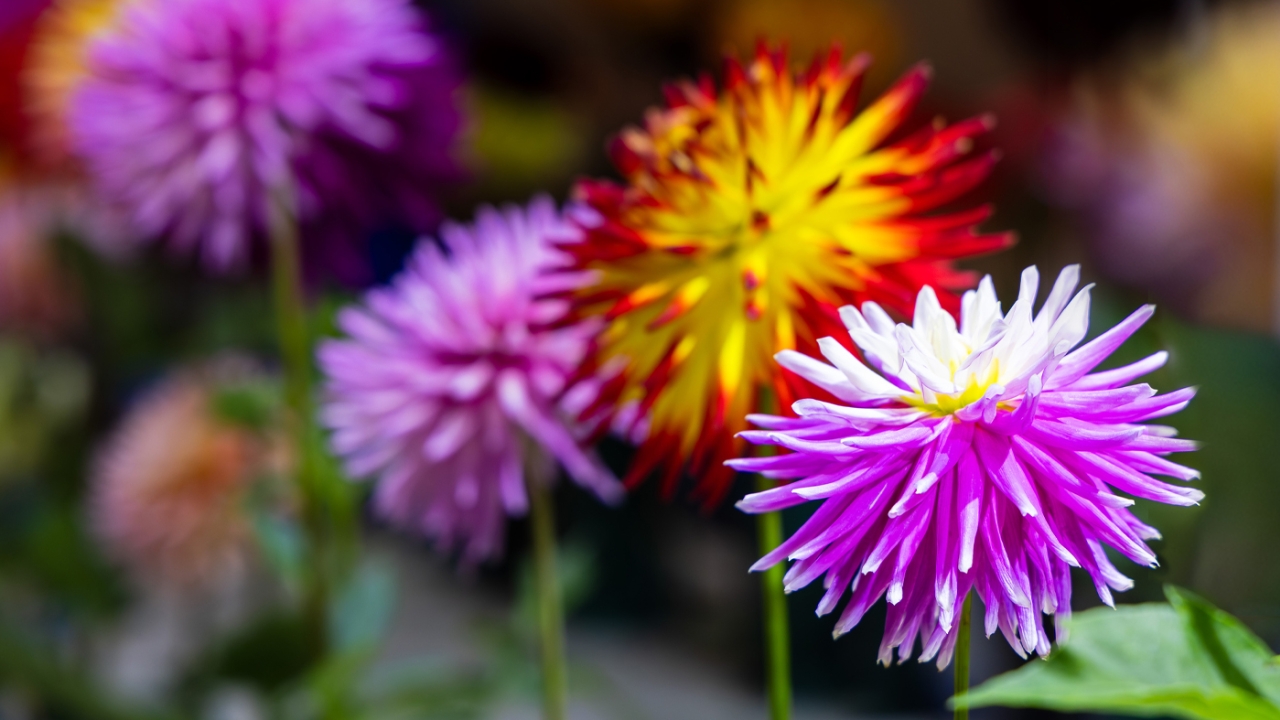

Smart Gardener
Spring Houseplant Care
Indoor plants are starting to “wake up” as we approach the Spring equinox this month. They are responding to the increasing amount of daylight coming through the windows. On March 1, daylight has grown by two hours and 10 minutes since the Winter Solstice on December 21. While plants are pushing out new growth, this is a good time to consider whether they need replanting, dividing, pruning, fertilizing or a close look for insect pests.
Here are some common conditions:
Wilting
When leaves and flowers droop, it may signal not enough water or too much water. One way to check is to pop the plant out of the container and look at the soil. This works well with small pots. You can sometimes tell by the weight of the pot—it’s lighter when dry. If you have a larger container, take a spoon or trowel and dig down a few inches around the inside edge of the pot to check soil moisture. Too much water and the roots rot. Too little water, and the roots can’t provide moisture that keeps stems, leaves and blossoms turgid and upright.
Dividing
This is a good time to divide or repot indoor plants. Providing fresh soil-less potting mix and a slightly larger pot will give the roots room to spread. Tip the plant out and use a serrated knife or your fingers to split the root ball into two. This can be done with many plants that have multiple stems arising from the soil. Add some fresh potting mix in the bottom and place the division into the pot so that the root ball’s surface is a half-inch or so below the pot’s rim.
Snip, Snip
Could your trailing ivy or jasmine use a little hair cut to remove dry or yellowed leaves? Or perhaps you want to control the size of the plant. Cuttings of healthy succulents (jade plants, sedums) can be placed into slightly moist potting mix where they will eventually root. New plants for you or your friends.
Fertilizers
As flowering plants begin to produce new growth, start fertilizing to encourage blooms. African violets, kalanchoe, oxalis, citrus, peace lily (Spathiphyllum), clivia and calla lilies are a few that benefit from occasional fertilizer during the growing season.
Typical fertilizer ingredients, which are found in granular and water-soluble products, include nitrogen for top growth, phosphorous for encouraging flowers, and potassium for root development and disease resistance. These three elements are usually referred to on the package as Nitrogen, Phosphoric Acid and Potash. A package labeled 10-10-10 contains 10% nitrogen, 10% phosphoric acid, and 10% potash. The remaining 70% is trace minerals and fillers. Some fertilizers intended to promote flowering have 10-54-10 on the label. The middle number provides the nutrients for flowering. Like vitamins, don’t give your plants more than the label recommends.
Insects
Some pests hitch a ride on plants that spent the summer outdoors and the problems show up over winter—often leaves that are yellow, spotty, or falling off. Leaves may be sticky—a substance called honeydew that mealy bugs and aphids excrete. Common indoor pests include fungus gnats, mealy bugs, spider mites and aphids. Once you spot them, treatment may be needed several times to prevent successive generations from emerging.
Fungus gnats
(small black flying insects) lay their eggs in moist soil. The eggs hatch and the larva eat roots and plant debris. When they are plentiful the gnats are not only annoying indoors but their offspring can quickly cause plants to decline. If gnats are a problem, use an insecticidal soap sprayed on the leaves and soil. Or you can use a granular indoor plant insecticide sprinkled on the soil surface. These products, which must have the U.S. Environmental Protection Agency (EPA) approval shown on the label, are formulated to kill insects and not damage plants. They can be effective if used frequently until the problem is under control. Another effective tool is yellow “sticky” tape that catches the flying adults. A thin layer of sand on top of the soil also discourages egg laying.
Spider mites
create fine webs between stems and leaves. At only 1/50 of an inch long, the 8-legged pests are difficult to see. You’ll likely spot leaf problems—stippling, curling or yellowing—before you see the insects. A magnifying glass is useful when you check for webs. Spray the leaves (top and bottom) and stems with water to dislodge the pests, or use an insecticidal soap.
Mealy bugs
are peculiar little insects that look like they are covered in white cotton candy. You may find one or two—or hoards of them—often on the underside of leaves or on stems. What looks like a cottony mass is often a large cluster of eggs. If you spot only a few mealy bugs, squish or wipe them off the plant, and continue checking weekly until all are gone. If you discover a herd, try insecticidal soap.
Aphids
are piercing-sucking insects that are quite colorful—beige, yellow, orange, pinkish-red, green or black. Females can produce several offspring each day—without mating—so their populations can explode! The young look just like the adults and begin feeding right away. Another clue is debris on leaves. It’s the insect skins shed during molting. A spray of water can dislodge the pests but there often are more infestations within days or weeks. Horticultural oils intended for indoor plants can suffocate aphids and insecticidal soaps may help. If the infestation is bad, cut off the affected parts and clean the pruners or scissors before using them on another plant.
Nina Koziol is a garden writer and horticulturist who lives and gardens in Palos Park, Illinois.


